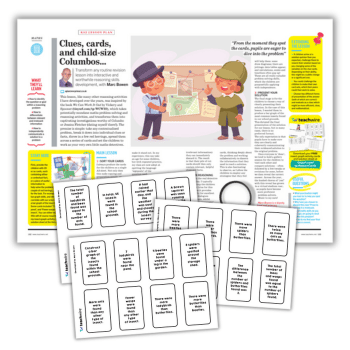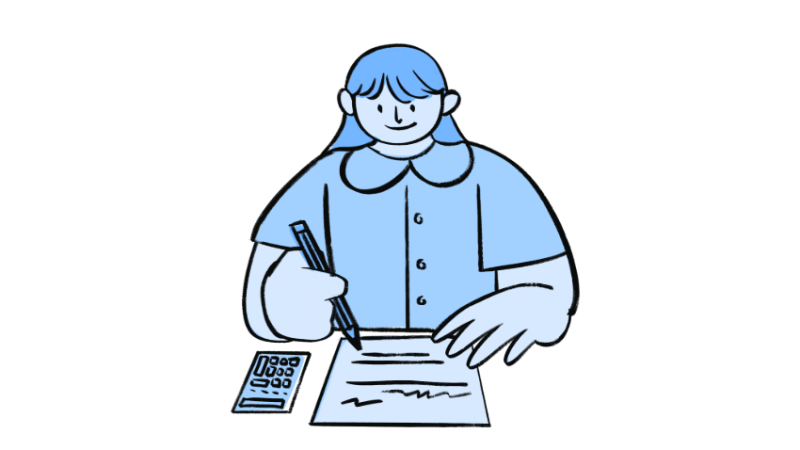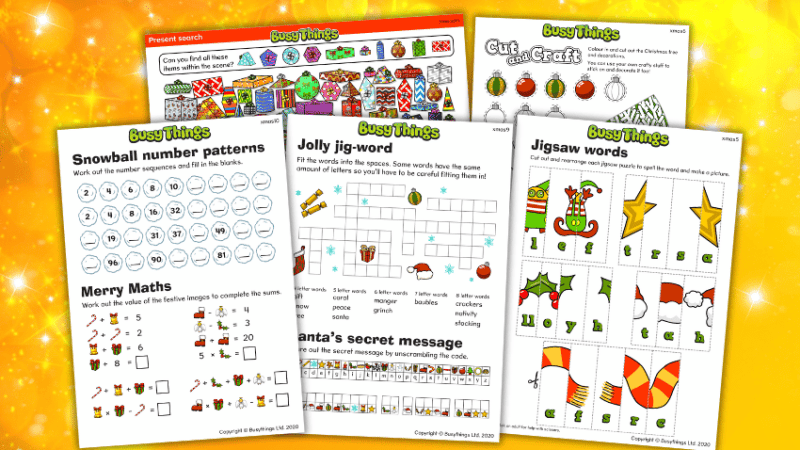Improve maths vocabulary using storytelling

Make maths fun by using storytelling to introduce mathematical vocabulary, concepts and word problems, and provide the all-important excitement to boost learning, says Shannon O’Sullivan…

Once upon a time, deep in an enchanted forest, in the depths of the castle cellar, lived a secretive wizard.
During the day, he supported the kingdom’s wizardry needs, but by night, he was terribly puzzled by an unanswered problem; under time pressure, he only had 100 days to solve it.
Night by night, he tirelessly spent hours trying different calculations involving fractional and whole numbers to solve his problem….
Are you intrigued? This is storytelling maths! Just imagine how excited your pupils would be if this was the way we introduced mathematical vocabulary, concepts and word problems to pupils.
Let’s consider what we know already – patterns in traditional stories are known to activate prior knowledge.
Mnemonics can be a helpful way to memorise spelling patterns. Rules and songs help us to develop fluency in number systems.
Therefore, it is easy to see how following a story map can develop oracy and vocabulary in maths.
Good mathematical stories usually start with a great “hook”. This should contain appropriate maths vocabulary and allow opportunities for further investigations to take place.
For example, if the above story involved an equation linked to factors, then the wizard’s problem may relate to inviting friends to a potion party, working out ways to seat them and using ingredients to make potions.
If the wizard has 13 or 17 friends attending, will one always be left out if the recipes and tables always call for divisors of 2, 3 or 4?
Once we’ve introduced the problem, we should discuss and unpick the language and concepts with the pupils. Next, we can start to map out the problem and draw the actions and key facts to create a story map.
Once pupils have learnt the story and are confident with the concepts and vocabulary, it is a prime time to move their learning forward through investigative work.
Eventually, using a storytelling approach will lead to children internalising the language of maths through repetition. They can then apply this to a range of reasoning problems.
Top five tips for using storytelling maths include:
- Consider that not every story must be written and mapped out formally. For instance, making up a story, linked to your current curriculum thread or theme will be a perfect contextual start. Try this: immerse yourself in a KS2 dragons’ theme, consider the book The Hobbit, and how ‘Smaug’ hoarded great wealth in his lair. “Smaug separates his golden coins into groups of 9 daily. On day one he separates 7 piles of 9 coins; day two he separates 12 piles of 9; practising recall of facts to 12 x 12. What is the language your story will introduce? Which abstract method are you sharing? A simple verbal story rehearsed and internalised can support children’s recall.
By using stories, we can introduce problems in a much more interesting way and provide a purpose and motivation to help children learn.
Shannon O’Sullivan is an experienced primary teacher and senior leader, and now school improvement partner with TT Education.











